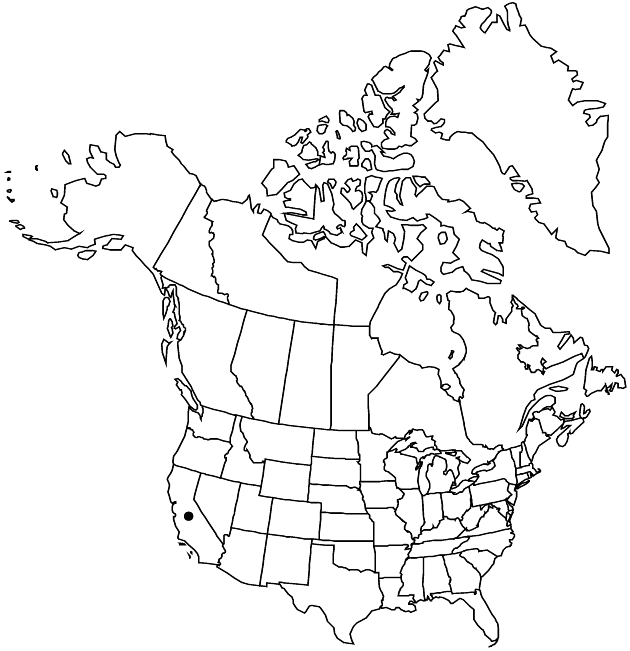Difference between revisions of "Layia carnosa"
Fl. N. Amer. 2: 394. 1843.
FNA>Volume Importer |
imported>Volume Importer |
||
| (3 intermediate revisions by 2 users not shown) | |||
| Line 6: | Line 6: | ||
|place=2: 394. 1843 | |place=2: 394. 1843 | ||
|year=1843 | |year=1843 | ||
| + | }} | ||
| + | |special_status={{Treatment/ID/Special_status | ||
| + | |code=E | ||
| + | |label=Endemic | ||
| + | }}{{Treatment/ID/Special_status | ||
| + | |code=C | ||
| + | |label=Conservation concern | ||
}} | }} | ||
|basionyms={{Treatment/ID/Basionym | |basionyms={{Treatment/ID/Basionym | ||
|name=Madaroglossa carnosa | |name=Madaroglossa carnosa | ||
|authority=Nuttall | |authority=Nuttall | ||
| + | |rank=species | ||
|publication_title=Trans. Amer. Philos. Soc., n. s. | |publication_title=Trans. Amer. Philos. Soc., n. s. | ||
|publication_place=7: 393. 1841 | |publication_place=7: 393. 1841 | ||
| Line 39: | Line 47: | ||
-->{{#Taxon: | -->{{#Taxon: | ||
name=Layia carnosa | name=Layia carnosa | ||
| − | |||
|authority=(Nuttall) Torrey & A. Gray | |authority=(Nuttall) Torrey & A. Gray | ||
|rank=species | |rank=species | ||
| Line 53: | Line 60: | ||
|publication title=Fl. N. Amer. | |publication title=Fl. N. Amer. | ||
|publication year=1843 | |publication year=1843 | ||
| − | |special status= | + | |special status=Endemic;Conservation concern |
| − | |source xml=https:// | + | |source xml=https://bitbucket.org/aafc-mbb/fna-data-curation/src/2e0870ddd59836b60bcf96646a41e87ea5a5943a/coarse_grained_fna_xml/V19-20-21/V21_660.xml |
|tribe=Asteraceae tribe Heliantheae | |tribe=Asteraceae tribe Heliantheae | ||
|subtribe=Asteraceae (tribe Heliantheae) subtribe Madiinae | |subtribe=Asteraceae (tribe Heliantheae) subtribe Madiinae | ||
Latest revision as of 20:13, 5 November 2020
Plants 2–18 cm (self-compatible); glandular, not strongly scented. Stems not purple-streaked. Leaf blades oblong or ovate, 3–45 mm, margins (basal leaves) lobed. Involucres ± campanulate, 4–8 × 3–7+ mm. Phyllaries 4–10, apices shorter than folded bases. Paleae in 1 series between ray and disc florets. Ray florets 4–10; laminae white, 1.5–3.5 mm. Disc florets 5–45; corollas 2–4 mm; anthers ± dark purple. Ray cypselae sparsely hairy. Disc pappi of 24–32 white to tawny or rufous, ± equal bristles or setiform scales 2.5–3.5 mm, each proximally plumose, not adaxially woolly. 2n = 16.
Phenology: Flowering Apr–Jul.
Habitat: Coastal sand dunes
Elevation: 0–60 m
Discussion
Of conservation concern.
Layia carnosa occurs on the Central Coast and North Coast and in the San Francisco Bay area.
of conservation concern
Selected References
None.
